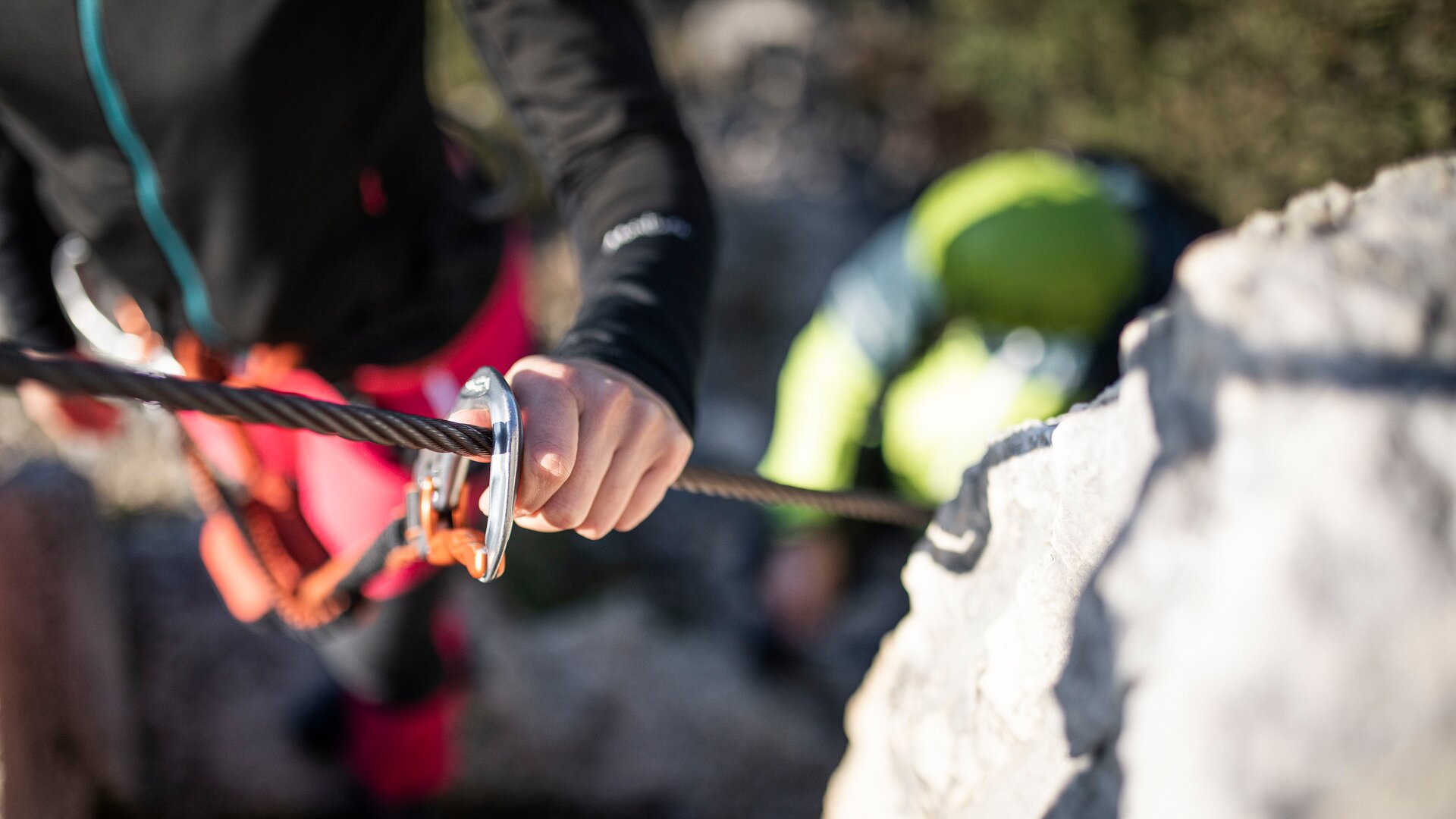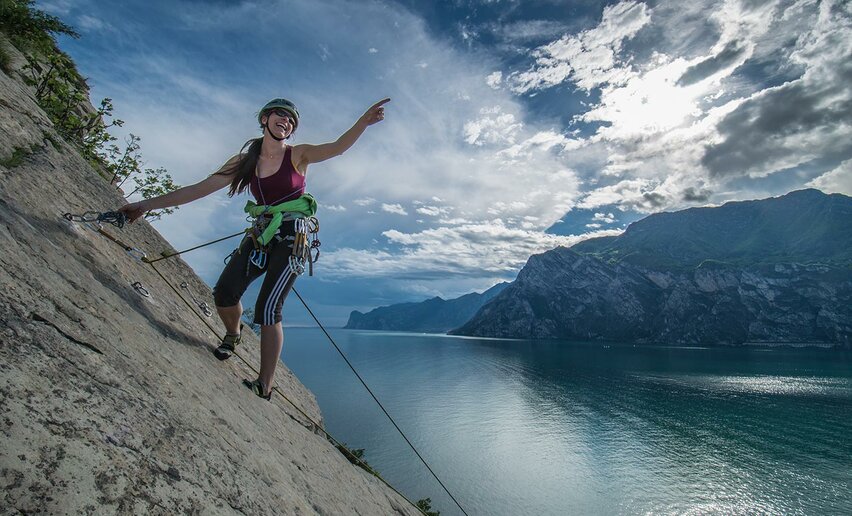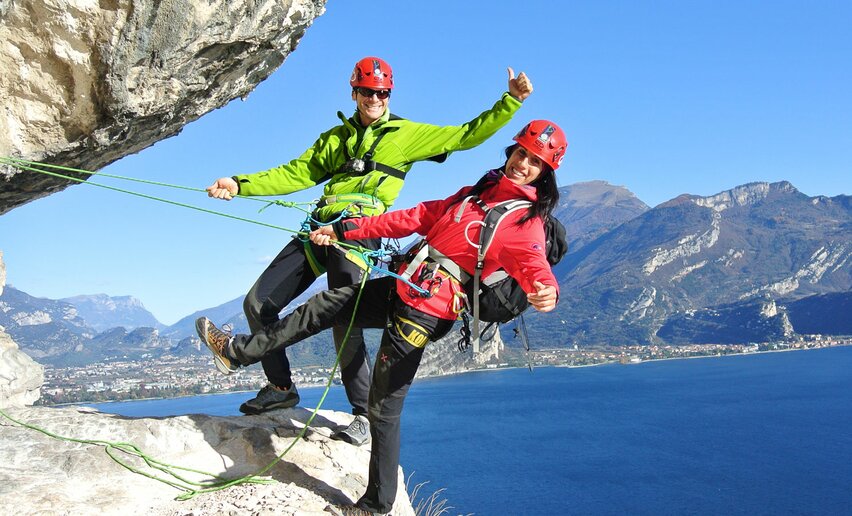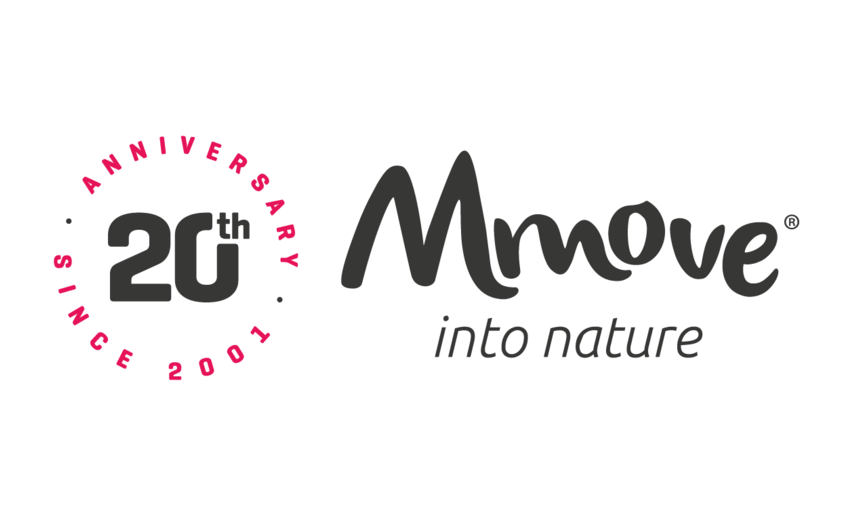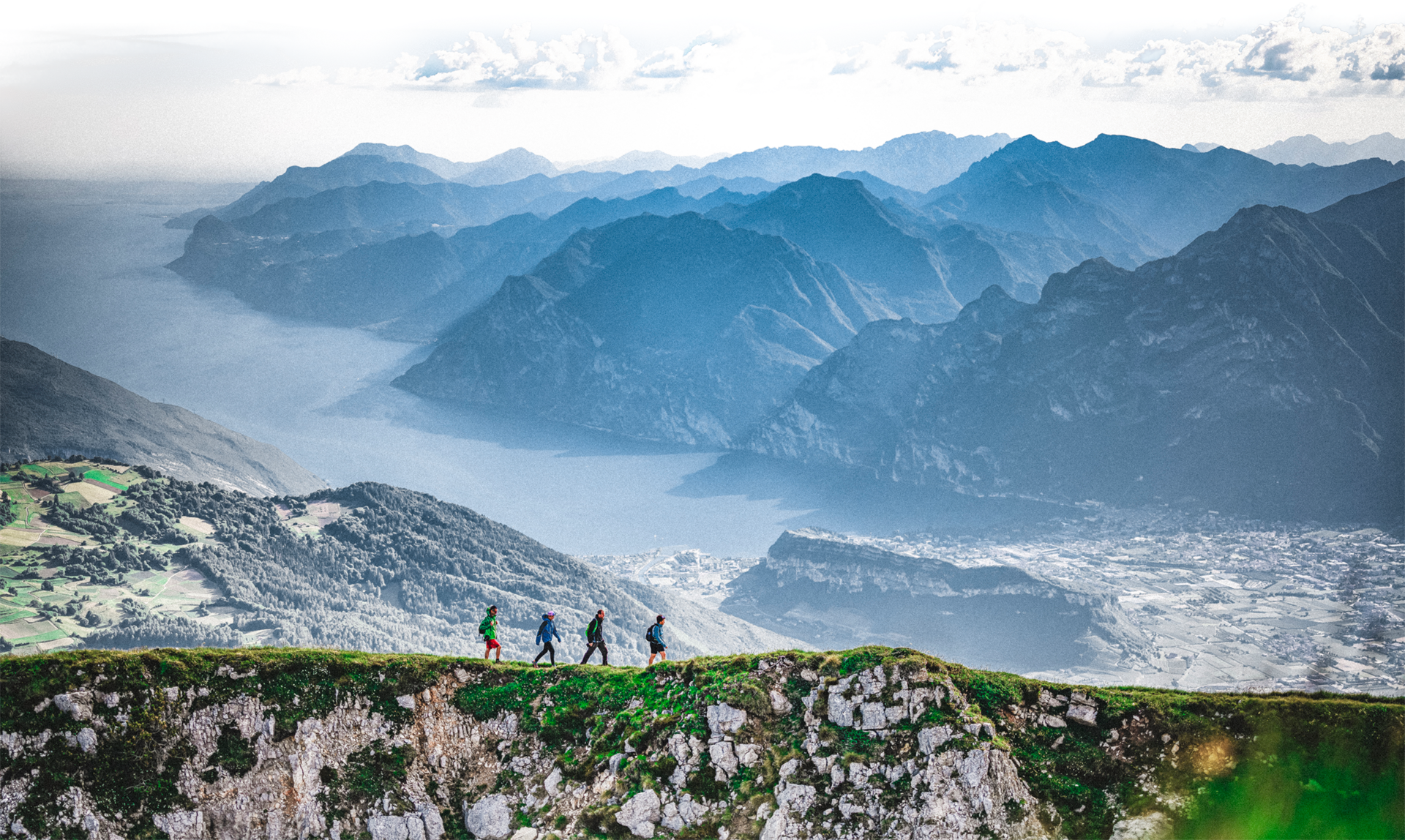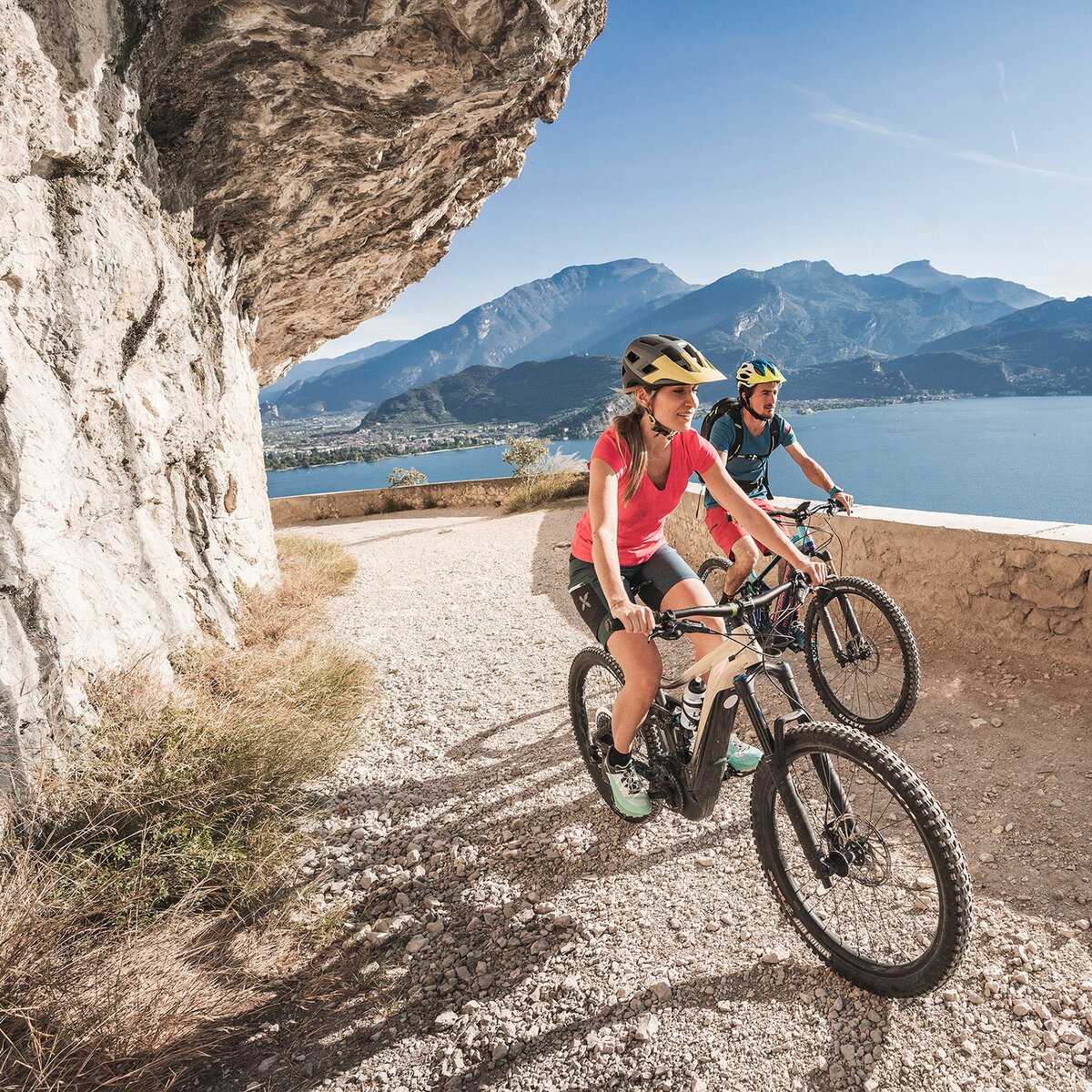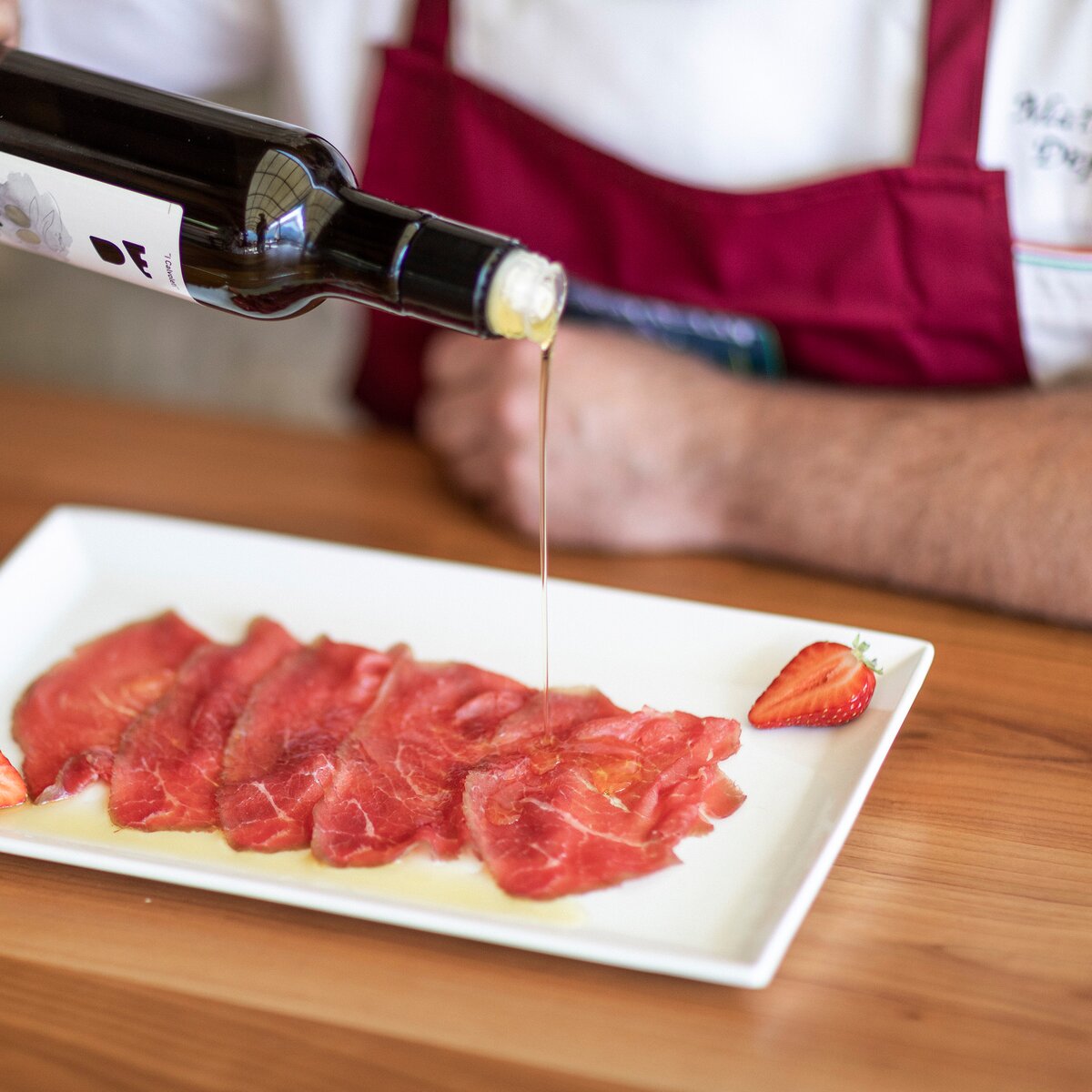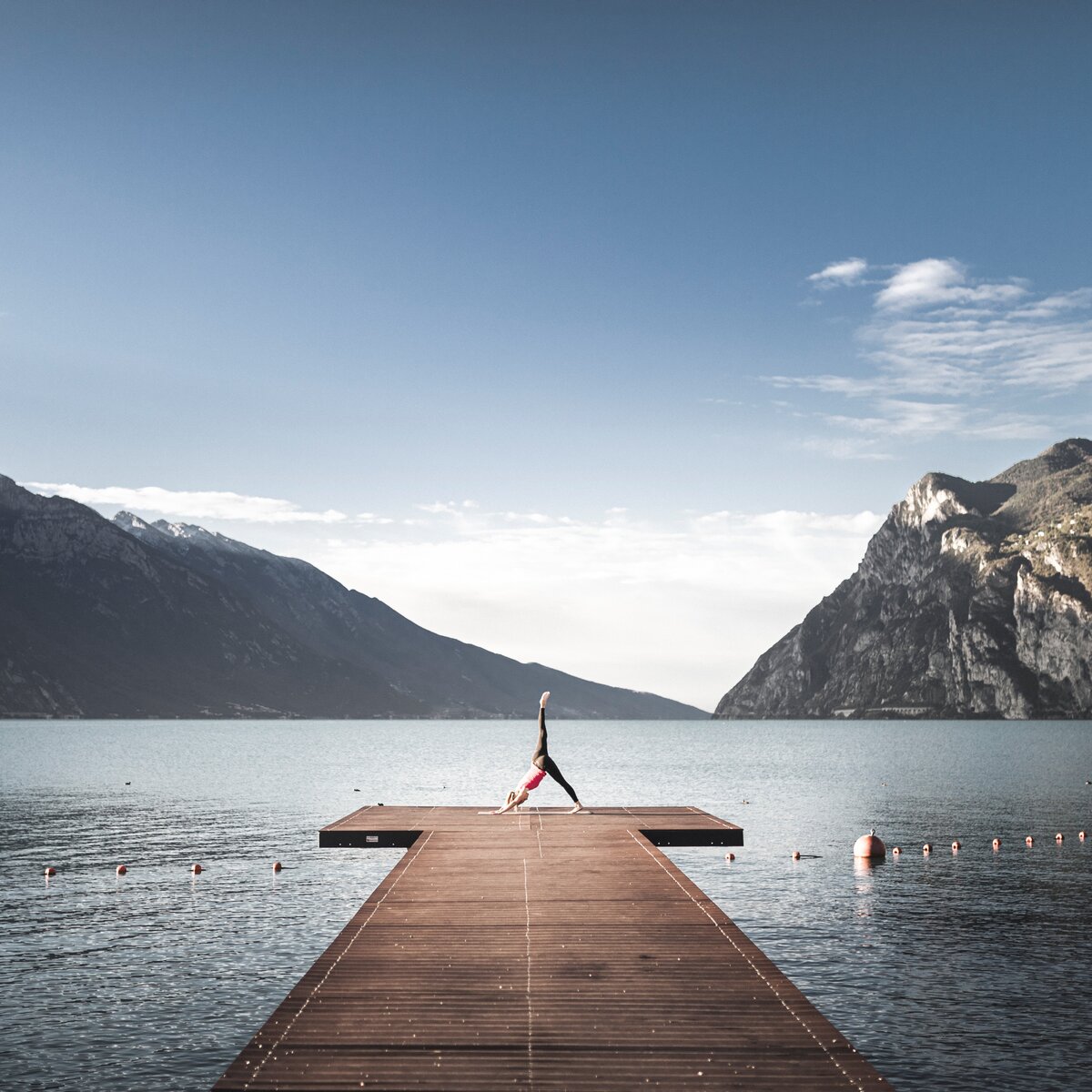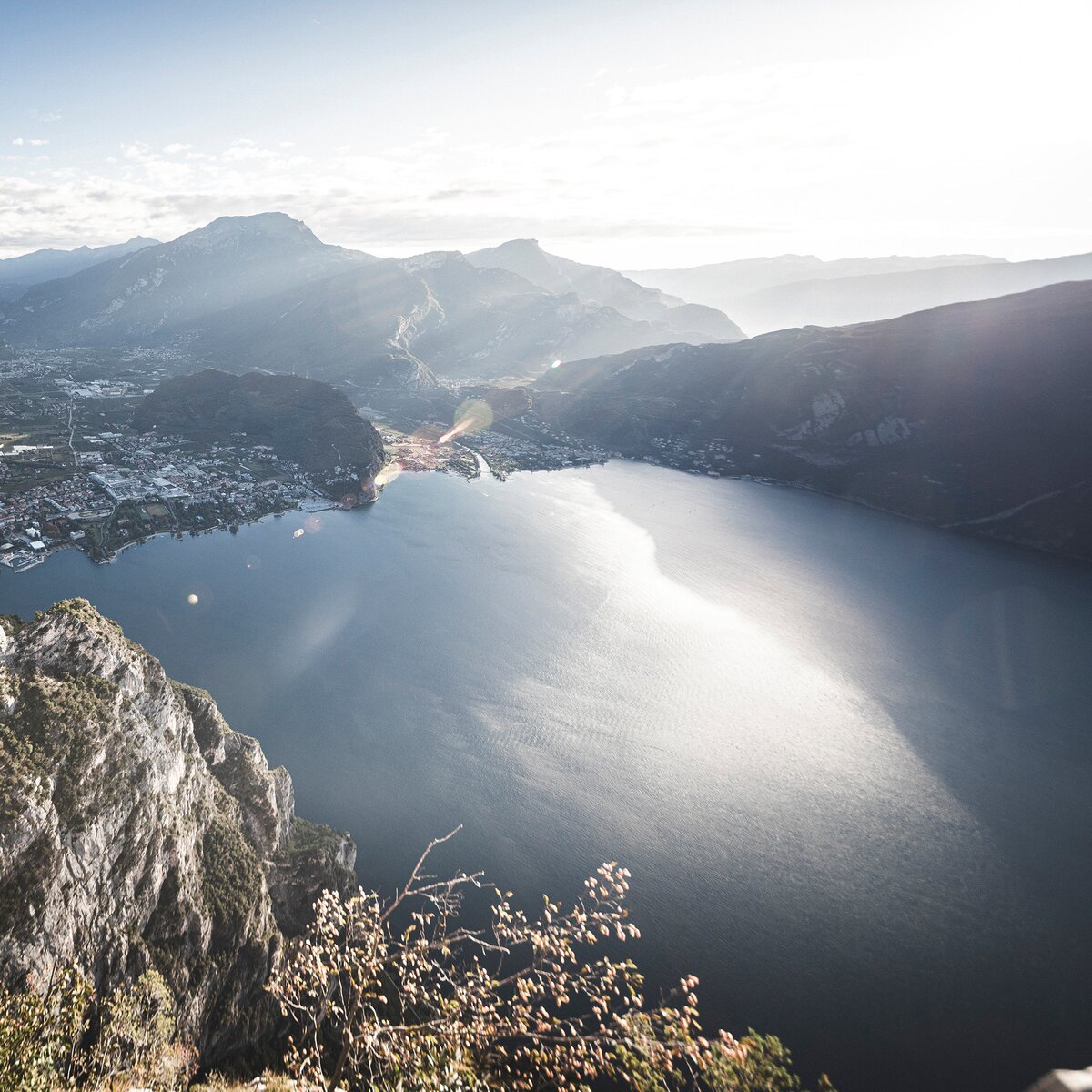EXTREME: An extremely difficult, vertical, and overhanging route, primarily equipped with only fixed ropes and/or chains; existing footholds are exclusively natural and there are very few fixed rungs or steps; a lot of physical strength, especially in the arms, is necessary, and without good climbing technique, the ascent could be exceptionally challenging.


